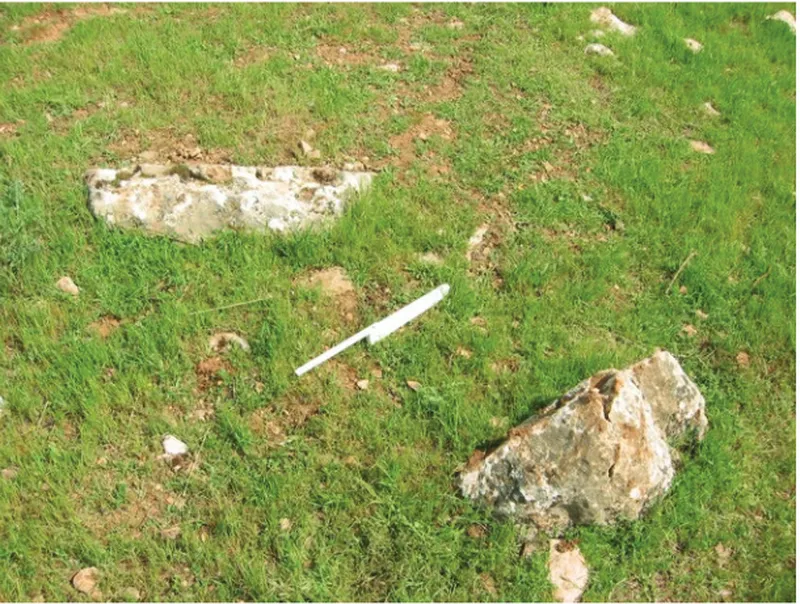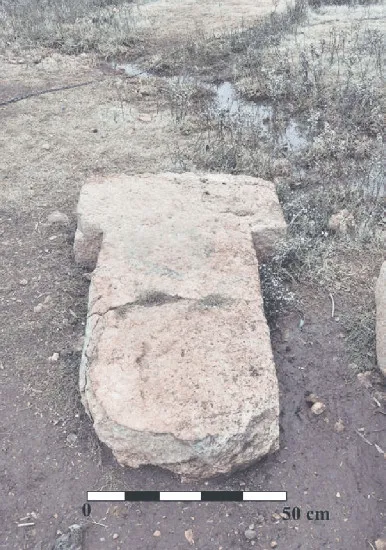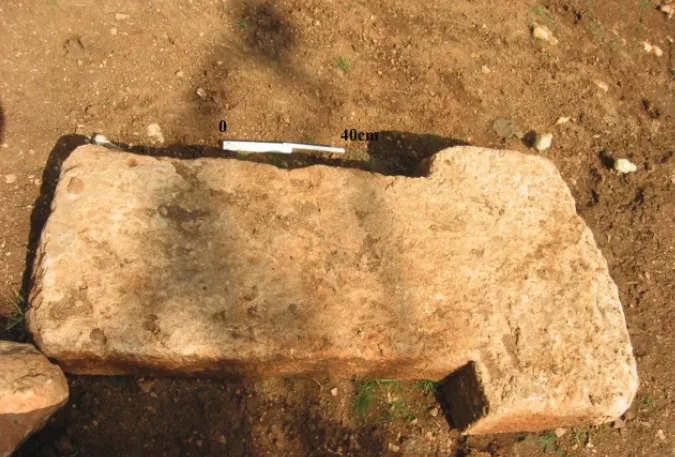Exploring Sefer Tepe: A Neolithic Treasure in Southeast Turkey
Sefer Tepe, a recently discovered Pre-Pottery Neolithic site, lies within the boundaries of Viranşehir township, approximately 70 km east of Şanlıurfa, Turkey. Unearthed during the Şanlıurfa Region Culture Inventory Project (2000-2003), this settlement offers significant insights into early human settlement patterns and architectural traditions.
Get your dose of History via Email
Location and Environment
Sefer Tepe occupies a strategic position on a calcareous bedrock, rising about 6 meters above the surrounding terrain. The site covers approximately 1,000 square meters and is located near the Tektek Mountains and the Viranşehir plains. The nearest water source, the Doğu Çirçip stream, lies about 500 meters to the east. The geological setting includes local sources of basalt, but no flint stone sources were found in the immediate vicinity.

Noteworthy Features
The most striking feature of Sefer Tepe is the presence of 16 intact “T” shaped limestone pillars, placed 1.5 to 2 meters apart and rising 30-40 cm above the ground. These pillars show a strong parallelism with those found at Göbekli Tepe and Karahan Tepe, emphasizing the shared architectural traditions across these sites. Two additional pillars were uncovered during the construction of a nearby village house, one of which remains intact and measures 198 cm tall, 25 cm thick, with a width of 72 cm at the top and 54 cm at the body.
Small Finds
Despite the architectural significance, Sefer Tepe yielded few small finds, primarily consisting of flint and obsidian tools. Flint artifacts, including arrowheads, borers, endscrapers, and sickles, outnumbered obsidian items by a ratio of seven to one. Among the obsidian finds, only one scraper was identified, with the rest being blade fragments and flakes. The flint arrowheads, including Byblos-type examples, reflect typical Pre-Pottery Neolithic typology and show parallels with finds from Göbekli Tepe, Nevali Çori, Şanlıurfa-Yeni Mahalle, and Karahan Tepe.

Architectural Insights
The discovery of Sefer Tepe underscores the architectural tradition of “T” shaped pillars, previously noted in other significant Neolithic sites in the region. These pillars are devoid of engravings or reliefs, with one pillar fragment possibly depicting a bucranium sketch. The architectural features align closely with those seen in Layer II of Göbekli Tepe, suggesting that Sefer Tepe dates back to the Early or Middle Pre-Pottery Neolithic B Period.
Conclusion
Sefer Tepe is a vital addition to the network of Pre-Pottery Neolithic settlements characterized by “T” shaped pillars in Southeast Turkey. Its discovery highlights the eastward spread of such settlements beyond the Euphrates Valley and Harran Plain. Further comprehensive and systematic surveys in the region are likely to reveal additional settlements of this architectural tradition, enriching our understanding of early Neolithic human settlement and cultural practices in the region.
Sources:

